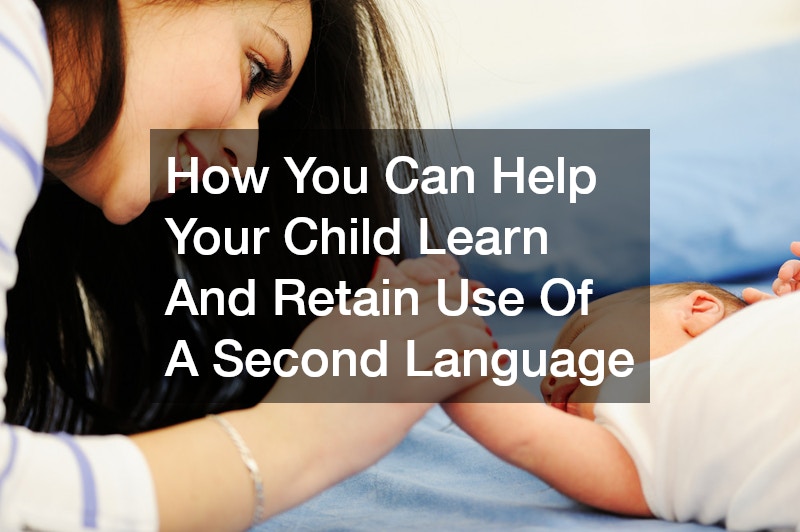
When it comes to language learning and introducing young kids to the benefits of language learning, you can’t go wrong with enrolling your child in a kids Spanish curriculum.
The earlier you can expose a child a child to a foreign language (assuming you want them to learn one), the better off they are. Doing it before they turn 10 is ideal and doing it before they’re five is even better.
So why should your child or children be enrolled in a kids Spanish curriculum? It’s one of the most common languages in the world—more than 400 people spoke Spanish around the world as of 2016—and it can help them better understand the world around them.
Benefits of a Spanish curriculum for kids or even learning Spanish for preschoolers include:
- Sharpening the mind: Spanish can keep your child’s mind sharp and can be something they use all the time, every day as they grow up and make their way in the adult world.
- Lots of people speak Spanish: Spanish is the official language of 21 different countries, so by learning Spanish, kids are learning a language that will enable them to communicate with a large part of the world.
- Learning fast: Because a young child’s’ minds is like a sponges, they can easily absorb lots of information, including other languages. They can easily acquire language skills through everyday things like TV, songs, games or just normal conversation. It’s estimate that Spanish takes about 450-500 hours to earn fluency and kids can do that if they continually learn as part of a Spanish curriculum for kids.
- Becoming more well-rounded: Learning a second language can help young kids stay focused on schoolwork and also learn important social skills such as empathy and understanding of cultures other than their own.
- Gaining crucial skills: Learning a foreign language can also make a child more employable when reach working age. Companies routinely do work overseas and learning another language like Spanish can open a lot of doors.
A kids Spanish curriculum at school has many benefits, but parents can do a lot to encourage their child or children in learning a foreign language by incorporating many techniques at home. This accomplishes two major goals: it helps reinforce what they might learn at school and it helps expand their knowledge.
It’s often said that people who learn a language can lose that language when they don’t use it regularly. Think back to your high school Spanish or German classes? Do you use any of the skills you learned or did those skills fall by the wayside after graduation?
With these techniques, you can help reinforce the kids Spanish curriculum you child is involved in:
- Repetition: Bottom line: people of all ages learn anything better through repetition. You can do the same with a foreign language, quizzing your child on basic vocabulary with household items or working with them through sets of flash cards. This is a great way to keep them engaged and allows them to experience it.
- Demonstrate: There are lots of benefits to working on vocabulary, but kids can also learn if you use expressions or gestures. You don’t have to necessarily tap into your inner-stand-up comedian, but gestures, expressions and physical movements can be another way kids can comprehend language.
- A good environment: Even though a child’s mind is like a sponge, learning a second language takes some work. It can be made easier by providing a positive learning environment at home. This can be done by providing a prompt and then having them give responses in Spanish.
- Do play-by-play: Another way to encourage language learning is to have a child give a running commentary of an activity they’re engaged in. Kids love to talk anyway, so why not have them give a running commentary in Spanish of toys they’re playing with or what Mom or Dad is making for dinner.

Introducing French to Your Toddler
Introducing French to your toddler at an early age can be a rewarding experience. Young children have an incredible ability to absorb new languages, making it the perfect time to introduce French lessons in a natural and engaging way.
- Use Everyday Words and Phrases: Start by incorporating simple French words into daily routines. Greet your child with Bonjour! in the morning, say Merci when they hand you something, and use Au revoir when saying goodbye. Repetition helps reinforce their learning.
- Sing Songs and Nursery Rhymes: Music is an excellent way to teach language. French nursery rhymes like Frère Jacques and Alouette introduce vocabulary and pronunciation in a fun, memorable way. Playing French music during playtime or bedtime can also help with language exposure.
- Read French Books Together: Board books with simple French words and phrases can help your child connect images with vocabulary. Look for bilingual books with engaging illustrations, and read aloud to reinforce pronunciation.
- Make Learning Interactive: Engage your toddler with French flashcards, picture books, and language apps designed for young learners. Games that involve colors, animals, or numbers in French can make learning feel like play.
- Incorporate French into Playtime: Turn playtime into a language-learning opportunity. When playing with toys, use French words to describe objects and actions. Even small efforts like calling a teddy bear un ours or counting blocks in French can make a difference.
Keep it fun and consistent, and you’ll help your toddler develop a love for French lessons while building a strong language foundation. By introducing a child to a foreign language at a young age—it doesn’t matter if it’s Spanish, French, German or another language—your child will be more well-rounded and gain and important skill that they can use for the rest of their lives.
